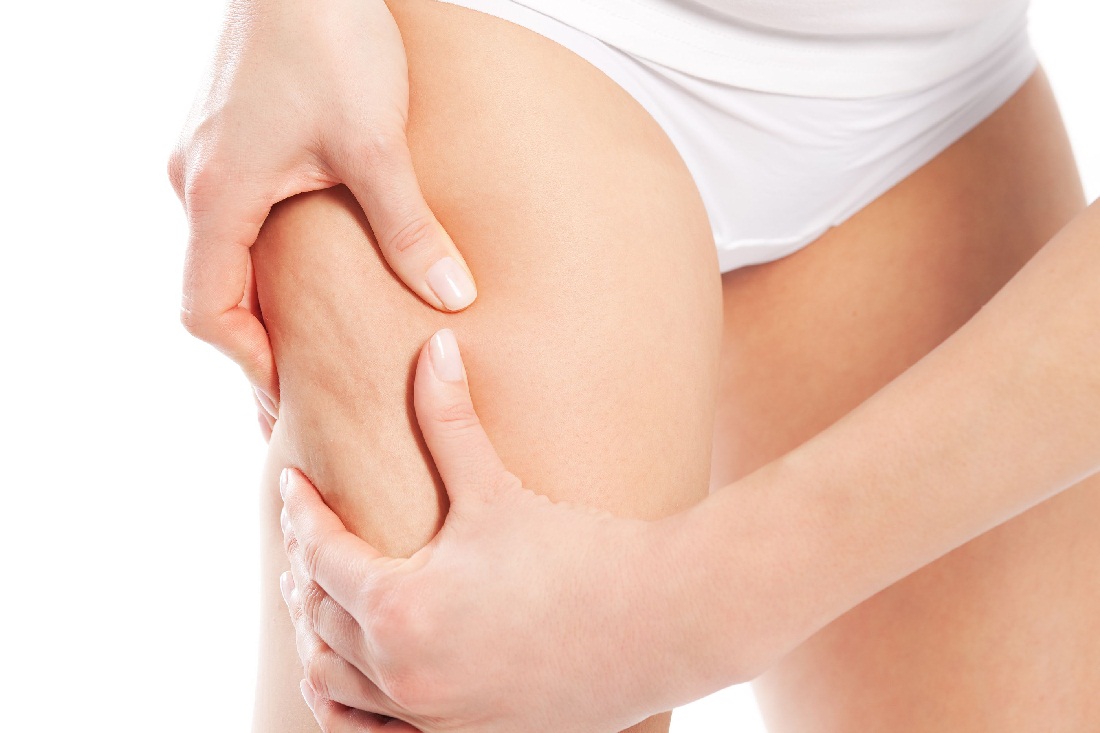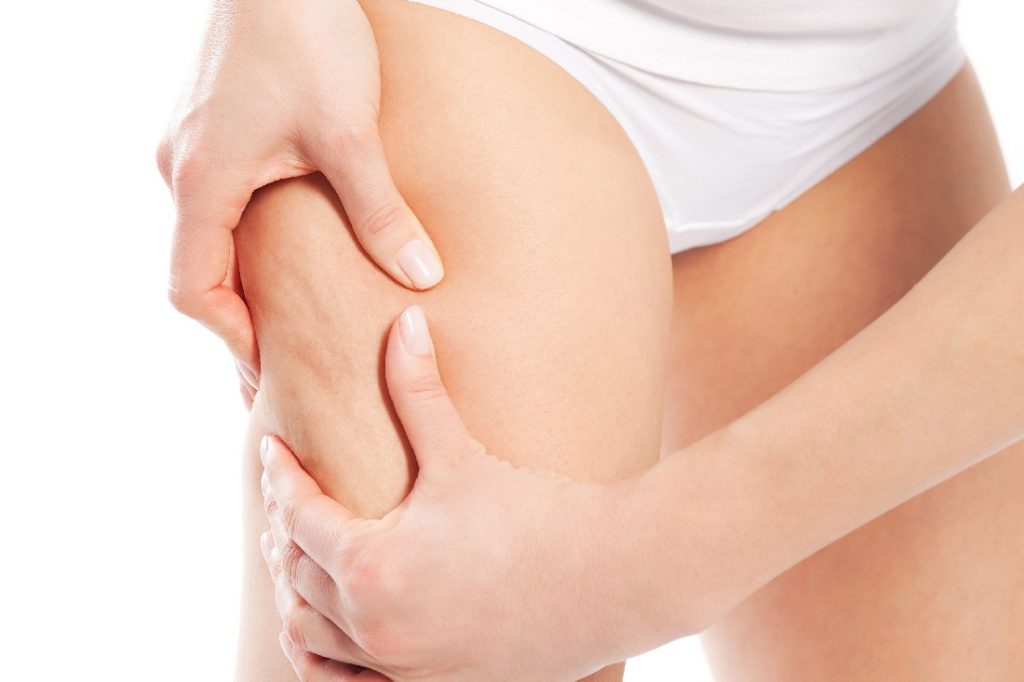Types Of Cellulite and Their Treatment

Cellulite is a major problem than often affect women as compared to men. Women have used different techniques to curb cellulite. Cellulite develops slowly in human body and eventually becomes disastrous. There are different types of cellulite that exist. Therefore, the best method of treatment depends on the type of cellulite to be treated. It is often advisable to consult a dermatologist to be sure of the type of cellulite you have before rushing for treatment. Many people have not healed of cellulite as a result of treating the wrong type of cellulite. The main aim of this review is to discuss different types of cellulite and how they can effectively be dealt with.

This is a type of cellulite that gives the skin a soft touch and an undulating appearance. It appears on areas with fat accumulation such as upper arm, or the legs. Soft cellulite tend to move as you move. They can therefore be seen as an individual moves. The main areas affected include; abdomen, arms, buttocks, and thighs. The best treatment for soft cellulite is slow weight loss and high protein intake. Exercise also plays part in reducing soft cellulite.
This is a type of cellulite most found in young women occurring on the upper thigh and around the hips. It starts during adolescent and grows with an individual growth. The skins has a compacted appearance and is very sensitive and painful to touch. The best treatment for hard cellulite should begin early with http://www.joeyatlasscamreview.com/. These treatment options include; Mesotherapy, injection with vitamins and natural minerals, application of cosmetic creams, Endermologie and beauty treatments among others.
This type of cellulite is not common to many people. However, it exist to certain individuals. Edematous cellulite is caused by poor circulation of blood and other body fluids resulting to accumulation of fats and toxins under the skins. Blood circulation helps transport fats and toxins to excretion areas hence their elimination in the body. It mainly affect the thighs, knees, and lower legs. At onset of edematous cellulite the skin has a foam-rubber like shape. Later, the skin feel spongy and painful to touch. This condition should be treated through measures aimed at reducing fluid retention in the body. These measures are for instance cycling, swimming, walking and avoiding foods that encourage fluid retention.
There are also others types of cellulite. However, the three discussed are the mains ones. Always consult a professionals to be sure of the type of cellulite you have.
Resource:
http://www.ncbi.nlm.nih.gov/pmc/articles/PMC4520379/
